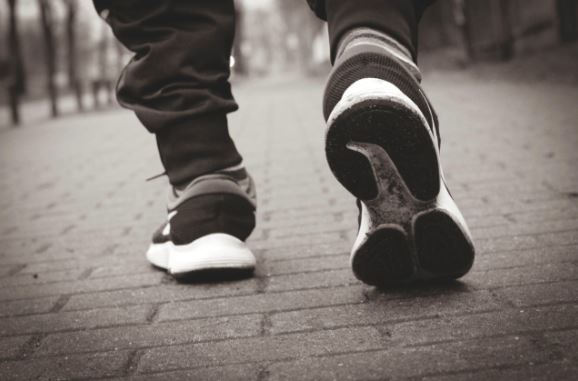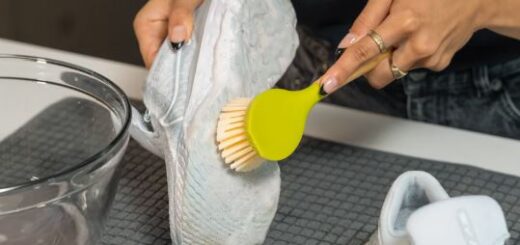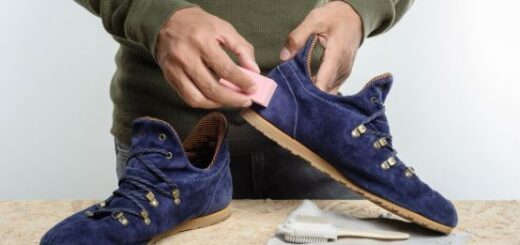How to Clean Suede Shoes: Easy Steps to Remove Dirt, Stains & Scuffs Without Damage
Suede shoes bring a touch of sophistication and softness to your wardrobe, but this luxurious material is notoriously fragile. Its porous surface absorbs moisture easily, making it prone to staining, scuffing, and general wear. While they may look delicate, suede shoes can be kept in excellent condition with the right techniques. Whether you’re dealing with a bit of surface dust or more stubborn discoloration, there are practical methods to bring your shoes back to life without compromising their texture or appearance.
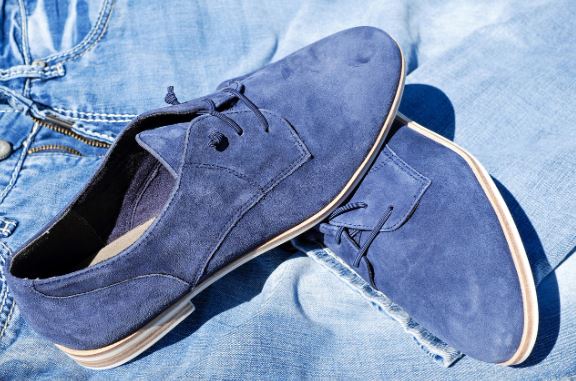
Essential Preparation Before Cleaning
Before you even reach for a cleaning tool or liquid, it’s important to prepare your suede footwear for the cleaning process. Begin by inserting shoe trees or filling them with crumpled newspaper to help preserve their shape during cleaning. This will make it easier to apply pressure where needed without collapsing the structure of the shoe.
It’s crucial to never start the cleaning process while the suede is still wet. Allow any moisture—especially from rain or mud—to dry completely before handling. Trying to clean wet suede can worsen stains or leave behind unsightly watermarks. For natural drying, place the shoes in a well-ventilated area away from direct heat sources. If you want to speed things up, position them in front of a fan or place silica gel packets inside the shoes to absorb excess moisture.

Clearing Away Surface Grime
Once your shoes are dry and stable, the first step is to address any loose dirt or surface dust. A brush specifically made for suede is ideal, but a soft-bristled toothbrush or a microfiber cloth can also do the job. Begin brushing in one direction to gently lift and remove debris from the nap (the raised surface of the suede). Avoid scrubbing too aggressively at this stage, as you might damage the texture or push dirt deeper into the fibers.
For minor scuffs, you can adjust your brushing to a quicker side-to-side motion. This helps restore the nap and reduces the appearance of surface-level marks. Be sure to do this in a clean, dry space where airborne dust or pet hair won’t cling to your freshly cleaned shoes.
Using Erasers for Persistent Spots
Some blemishes on suede require more than just brushing. When you’re dealing with areas that refuse to lift with a simple brush, reach for a suede eraser. These rubbery tools are designed to work with the fabric’s unique grain and can effectively lift embedded dirt and light stains.
Don’t have a suede eraser on hand? A white pencil eraser or melamine foam (often used for household cleaning) can be a practical substitute. Gently rub the eraser over the mark using back-and-forth motions, applying light pressure. If the eraser itself starts to show signs of wear or discoloration, clean or replace it to avoid transferring grime back onto the shoe. This step often works well for dried watermarks or slightly darkened areas from everyday wear.
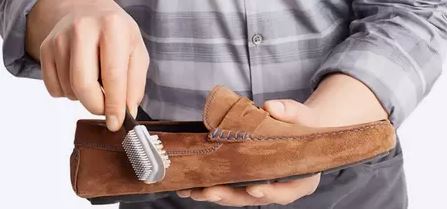
Removing Stains With Liquid Solutions
For spots that remain after brushing and erasing, it’s time to bring out a gentle liquid cleanser. You don’t need commercial suede cleaner—simple household products like white vinegar or isopropyl alcohol can be just as effective. Pour a small amount onto a clean corner of a cloth and lightly dab the affected area. Avoid saturating the material; you’re aiming for a slightly damp application that won’t soak into the shoe.
Rub the stained area gently with small, circular motions or a side-to-side sweep. After applying, let the shoes dry naturally. Once they’re dry, revisit the area with a suede brush to fluff the nap back up and ensure the fabric texture remains even. Repeat the process as necessary for more persistent stains, but don’t overdo it—too much liquid can wear out the suede over time.
Specialized Solutions for Common Stains
Different types of stains often require tailored approaches. Suede, being absorbent, can soak in a wide variety of substances that may not come out with standard methods. Here are ways to deal with specific problem areas:
Handling Oil and Grease Marks
Oily stains are particularly challenging for suede. Instead of using liquid cleaners right away, try a dry approach. Sprinkle cornstarch liberally over the affected area and allow it to sit for a few hours. The powder will absorb the oil from the fabric. Once time has passed, gently brush or vacuum off the powder. Repeat the process if needed until the mark is no longer visible.
Removing Sticky Residue from Gum or Wax
Getting gum or wax stuck on suede shoes can be frustrating, but freezing temperatures can be your best ally here. Place the shoes in the freezer for an hour or so, until the residue becomes firm and brittle. Once hardened, carefully chip or peel it away using a blunt instrument like a butter knife or plastic scraper. Follow up with a brush to clean the remaining fragments and restore the nap.
Treating Blood Spots
Blood stains require a gentle but effective agent. Hydrogen peroxide, used sparingly, can help lift blood from suede. Dip a cotton ball or corner of a soft cloth into the liquid and dab at the stain—never rub. Allow the area to air dry, then use a suede brush to re-fluff the nap. Repeat the process if needed, taking care not to oversaturate the material.

Frequently Asked Questions About Suede Shoe Care
Is It Safe to Wash Suede Footwear?
While it may be tempting to toss dirty shoes into the washing machine or hand wash them with soapy water, this is not advisable for suede. Water can damage the structure of the fabric and lead to permanent staining or stiffness. Instead, always begin with dry methods like brushing and erasing, and use only light applications of alcohol or vinegar when absolutely necessary.
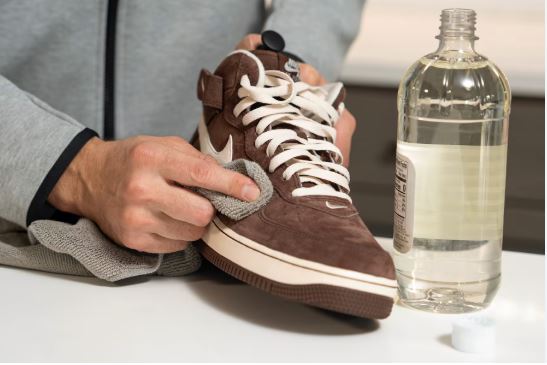
Does Suede Spray Really Protect Shoes?
Protective sprays made specifically for suede can significantly extend the life of your shoes. These sprays create a barrier that helps repel moisture and prevent future staining. For best results, apply the spray to clean, dry shoes and allow it to set according to the product’s directions. As with any product you use on delicate materials, it’s smart to test it on a small, hidden area first. Checking online reviews can also provide insight into a spray’s effectiveness and potential side effects.
How can I clean suede shoes without damaging them?
Use a suede brush to gently remove dirt, followed by a suede eraser for scuffs. For stains, apply a small amount of white vinegar or rubbing alcohol with a cloth.
What should I do if my suede shoes get wet?
Let them air dry naturally, away from direct heat. Use shoe trees or stuff them with paper to retain shape.
What household items can I use to clean suede?
White vinegar, rubbing alcohol, cornstarch (for oil stains), hydrogen peroxide (for blood), and pencil erasers work well for various issues.
How do I remove scuff marks from suede?
Use a suede eraser or a clean pencil eraser, rubbing gently back and forth until the scuff fades.
What’s the best way to remove oil or grease from suede?
Sprinkle cornstarch over the stain, let it sit for a few hours, then brush or vacuum it off gently.
How do I deal with dried-on gum or wax?
Freeze the shoes until the substance hardens, then carefully peel or scrape it off.
Is suede protector spray effective?
Yes, suede spray helps repel water and stains. Apply it to clean, dry shoes and allow it to dry completely.
How often should I clean my suede shoes?
Light brushing after each wear and deeper cleaning as needed will keep them in good condition.
Can I use a regular cloth to clean suede?
Yes, but only for dabbing or wiping. Avoid using it with water, and pair it with gentle cleaners like vinegar or alcohol.
What’s the safest way to dry suede shoes?
Let them air dry naturally. Avoid direct heat sources like hair dryers or radiators.
Should I store suede shoes in plastic containers?
No, use breathable materials like cotton bags or boxes to prevent moisture buildup and mold.
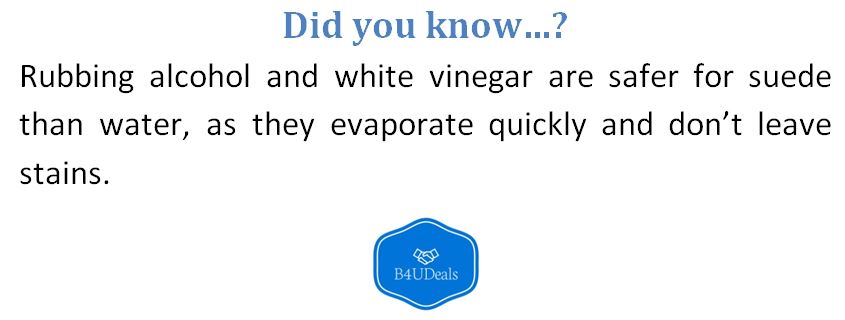
Maintenance Tips to Extend the Life of Suede Shoes
Suede doesn’t just need cleaning when dirty—it thrives with regular upkeep. Here are some maintenance strategies to keep them looking sharp:
- Brush your shoes after each wear: A quick brushing removes dust and prevents buildup that can lead to deep stains.
- Avoid wearing suede in wet conditions: Always check the weather forecast. If rain is predicted, choose another pair of shoes or protect them with a water-resistant spray beforehand.
- Store in a breathable space: Use cotton bags or original boxes rather than plastic containers to allow the suede to breathe.
- Use cedar shoe trees: These not only help maintain shape but also absorb moisture and odors.
Conclusion
Though suede shoes require a bit more attention than their leather or canvas counterparts, the effort pays off in style and longevity. From gentle brushing and erasing to treating tough stains with household ingredients, the right care routine can keep your shoes looking fresh and elegant. By combining routine maintenance with a few stain-specific strategies, you’ll be able to enjoy your suede footwear for years to come—without fearing every puddle or sidewalk smudge.

